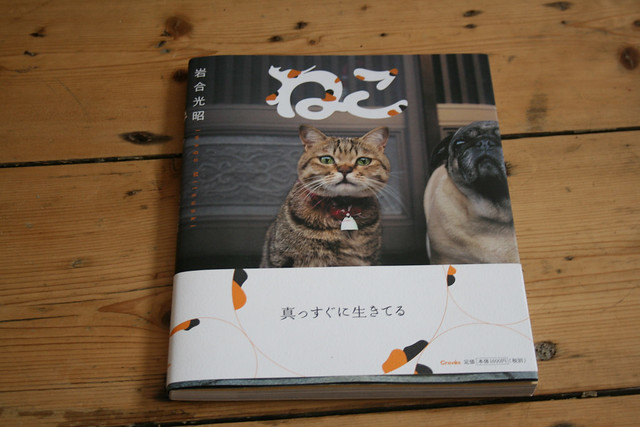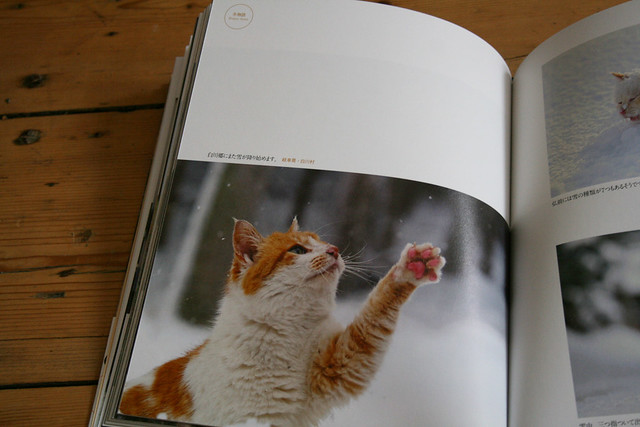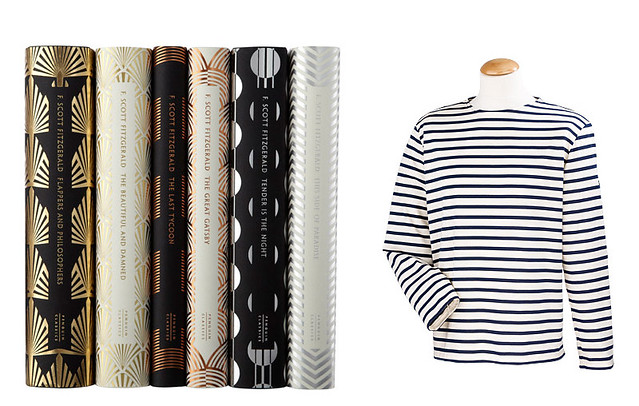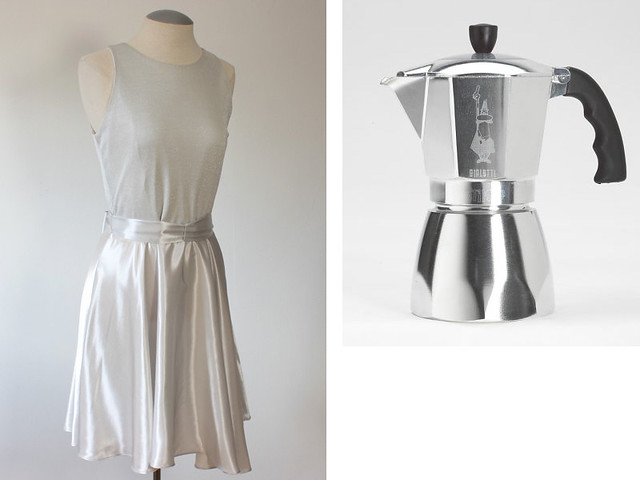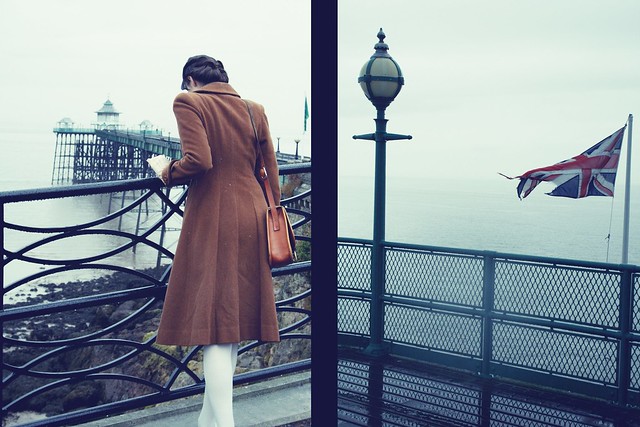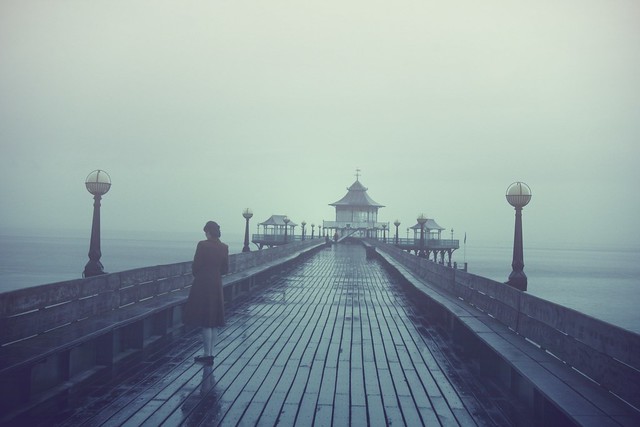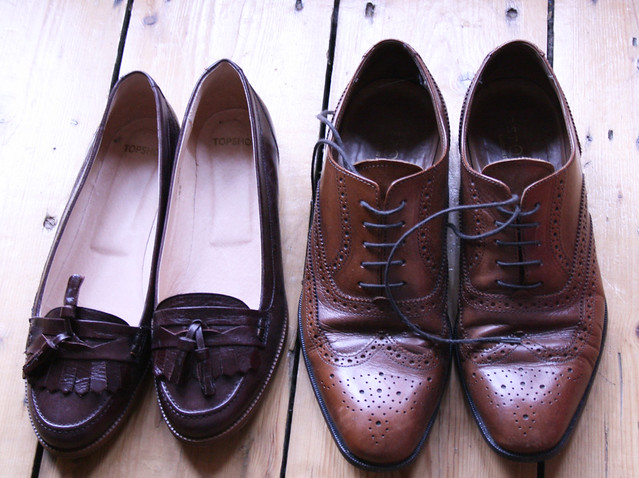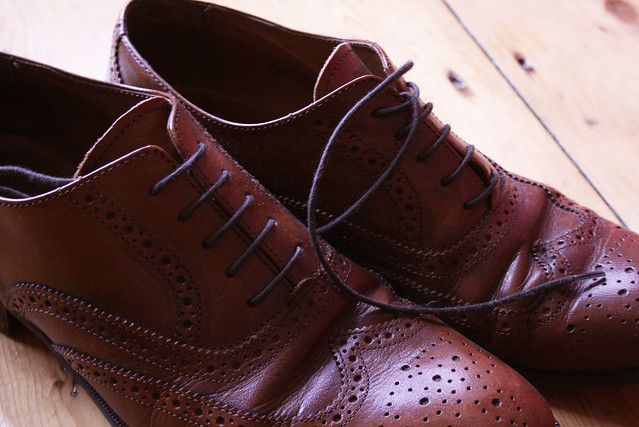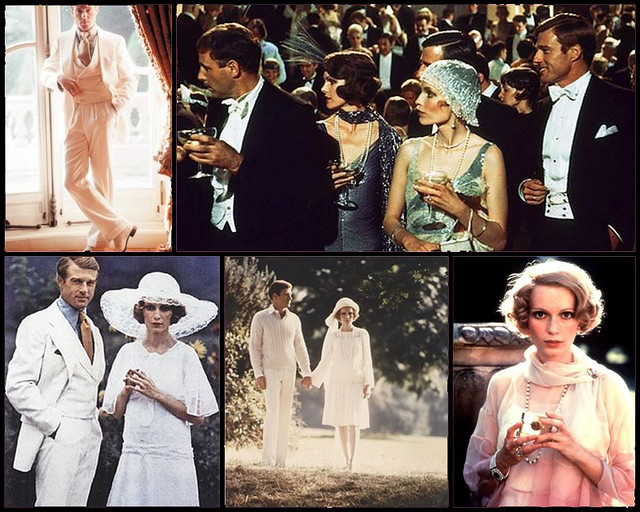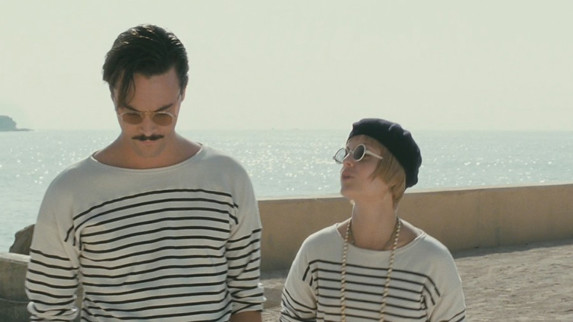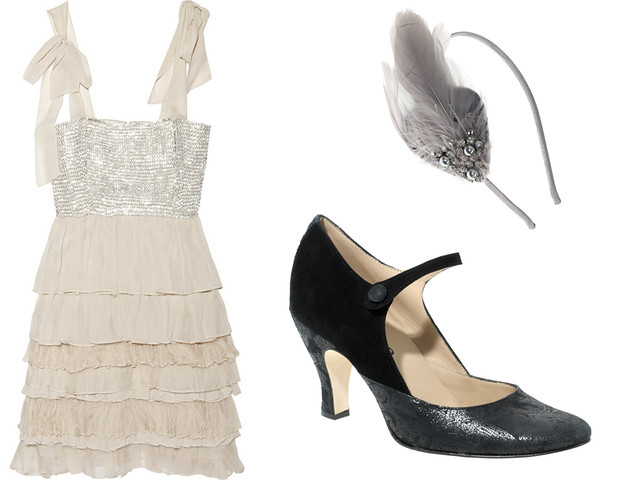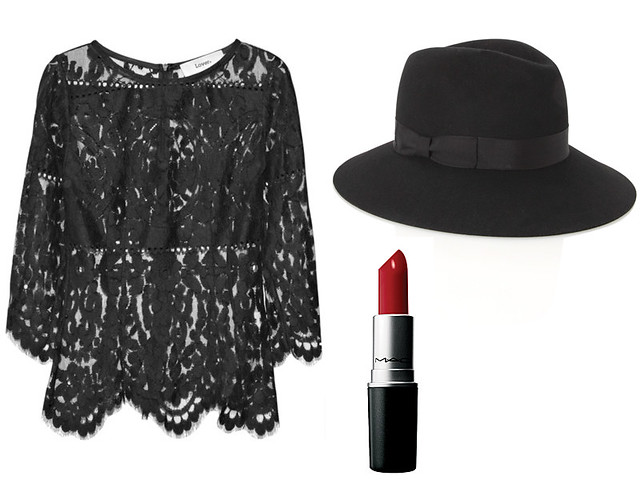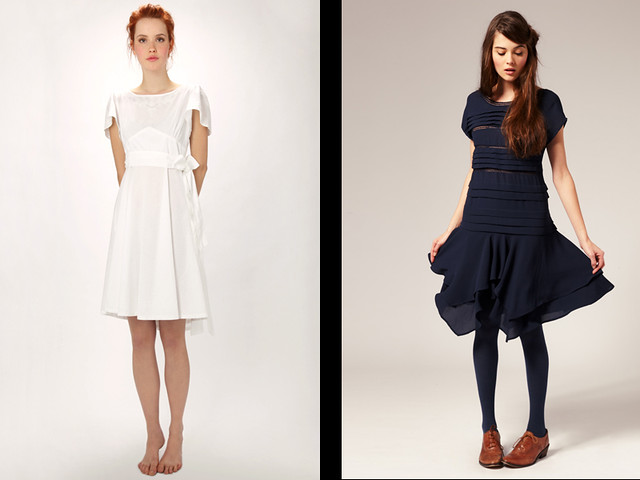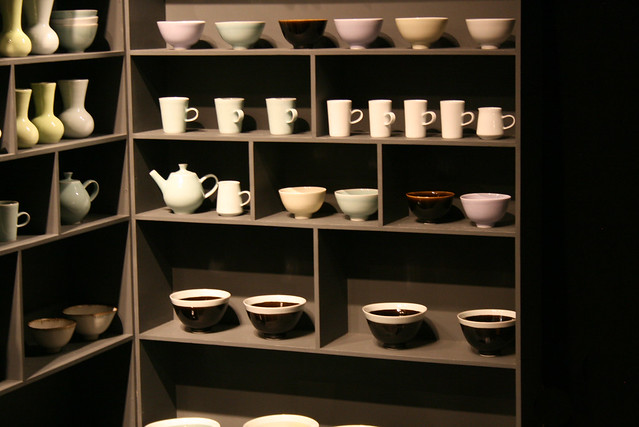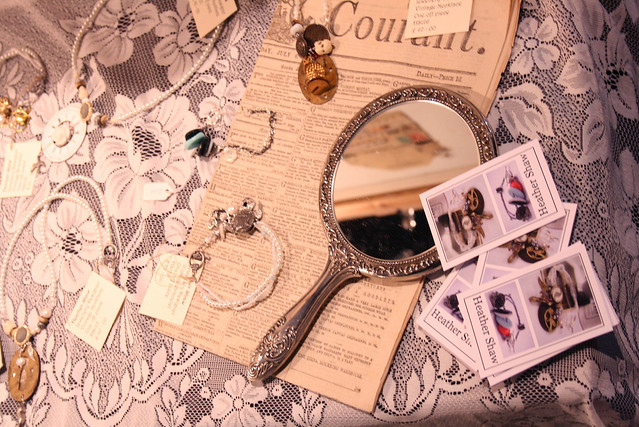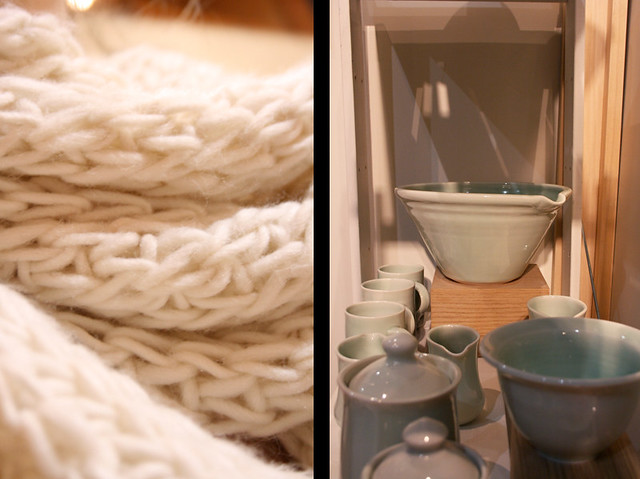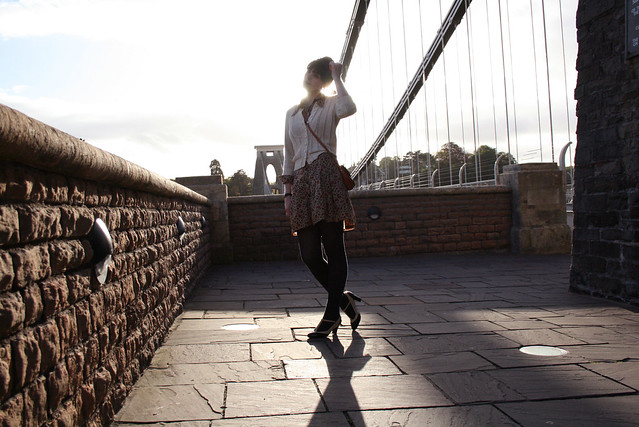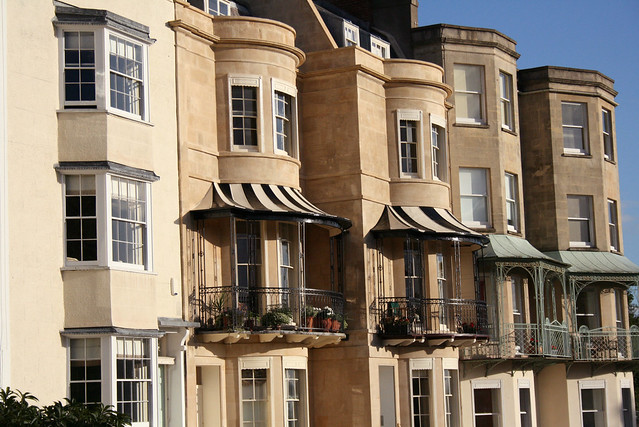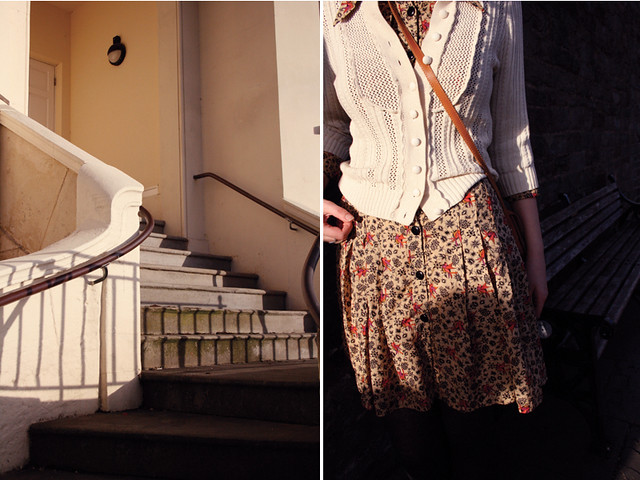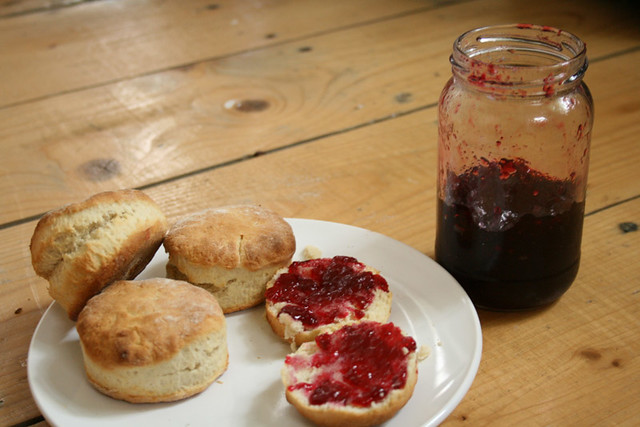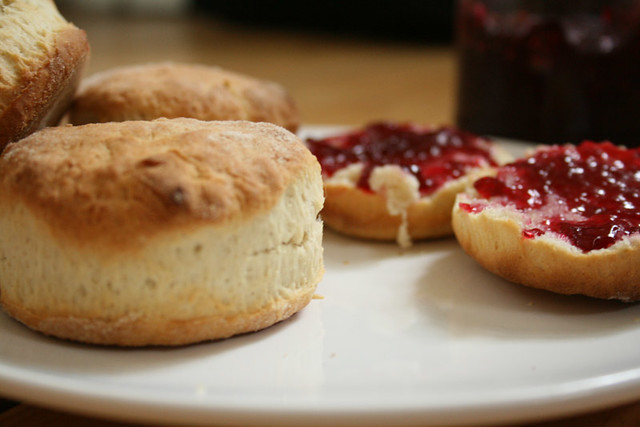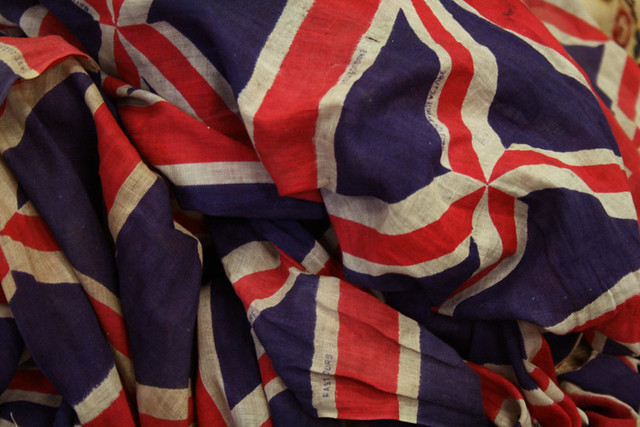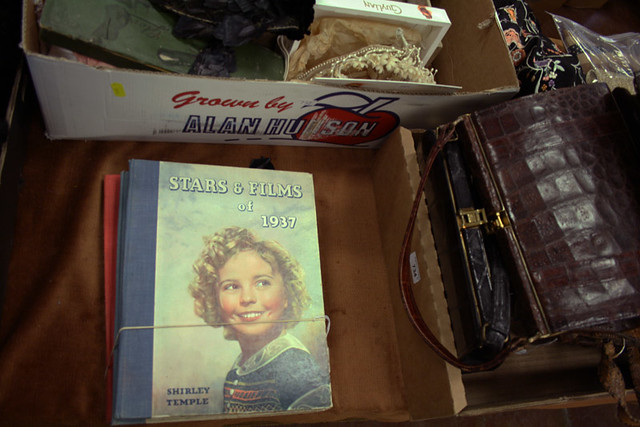Auctions have always fascinated me. It's nice to imagine auctions as they were – the main method of selling antiques before the days of the Internet and frantic eBay clicking. Usually the preserve of the unemployed and retired (in real time and on daytime television) it seemed right for me as a pseudo-freelancer to go to my first one, an auction of vintage textiles.
With their old-fashioned gavels and fast talking auctioneers, I had quite romantic hopes for auctions, but really it was quite terrifying. I sat as still as possible for fear of bidding £200 for a box of tablecloths, which is (amazingly) what they were selling for. You don't really have to be that careful though – the auctioneers are able to tell a bid from a nose scratch. Just at the £40 mark on a table runner, Benjamin (a serial gesticulator) held up four fingers to illustrate something he was saying – if you can get away with that, you can get away with anything.
Aside from the comedy of accidental bidding, these auctions are perfect for picking up pieces from the 1950s and 1960s (and even from the 1920s, 1930s and the preceding century if you are very lucky) at very fair prices. The general bidders here were bidding for the curtains and those tablecloths, and being of an age that suggested having lived through the 1960s, they were mostly uninterested in the vintage clothes, which was what I was there for.
Little countryside auctions are the best to go to, (this was in Powys, Wales) as fewer vintage dealers and shop owners venture that far out. If you are willing to make the effort, you can really reap the rewards. This auction was full of job lots of vintage patterns and clutches, Mappin & Webb handbags, and Jaeger headscarves, estimated at around £30–£70 and often selling for much less. Other boxes were crammed with wartime Union Jack bunting, christening gowns, 1930s wedding veils and sequined, feathered 1920s hats. All manner of things, all with the potential to sell at £20 – which is a price well worth the journey.
I picked up three beautifully made 1960s dresses, which will be making either an eBay or an Etsy appearance next week – you will have to wait until then to see them. For a taster, the collar of one of them is on the left in the first photograph.


